November 9th marks Carl Sagan's birthday, a day that was celebrated in many locales for the first time in 2009 as Sagan Day. Various groups are celebrating this day in different ways and at NExScI, we've asked our 2009 and 2010 Carl Sagan Postdoctoral Fellows to reflect on how their research would appeal to Carl Sagan.
NASA's Sagan Program was started in 2008 to help inspire and support the next generation of exoplanet researchers. The program is administered by NExScI and consists of the Sagan Postdoctoral Fellowships and the Sagan Summer Workshops. Click here for more information.
from Jacob Bean, a 2010 Sagan Fellow, Harvard University:
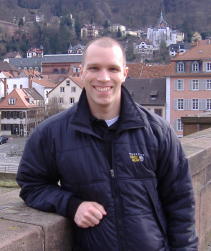
I am a bit too young to have been influenced directly by Carl Sagan, but his scientific and public outreach work has certainly had a profound indirect impact on my life and career. For example, some of my earliest memories are of my father watching re-runs of Cosmos on PBS (I distinctly recall Carl's penchant for wearing turtleneck sweaters of all things). This program certainly influenced my father, who in turn played a big role in my becoming an astronomer. For as far back as I can remember, I always wanted to be "A Scientist" and my parents encouraged this. Carl de-mystified science for the public and planted the idea in an entire generation's mind that being a scientist was something that anyone could aspire to no matter what their background was. Carl also was very influential in the scientific community in making the idea of life elsewhere in the universe a relevant question that we should try to answer. Surely his ideas set the stage for our current search for planets around other stars. I hope Carl would be pleased at the progress we have made in this field, and appreciate the anticipation we all have as we move towards the detection and characterization of Earth-like planets in the near-future.
from Aaron Boley, a 2010 Sagan Fellow, Univ. of Florida
In my work, I investigate formation mechanisms for planets and try to understand when during the formation and evolution of a protoplanetary disk, the dusty and gaseous disk that forms during the birth of a star, the planet formation process begins. It is daunting to speculate what a mind like Sagan's would have to say about my research, but I do think that Sagan would see my work as a positive contribution to a very small piece of our cosmic origins, as well as to the origins, perhaps, of some civilization on the other side of the Galaxy, asking similar questions.
from Lucas Cieza, a 2010 Sagan Fellow, Institute for Astronomy, Hawaii
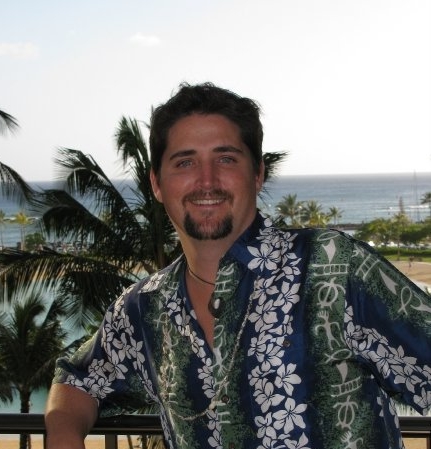
Like many other astronomers, I became interested in space at an early age. I became fascinated by the vastness of the universe reading popular science books while still in elementary school in Argentina. By age 11, I knew I was going to become an astronomer. No other book inspired me to be a scientist as Carl Sagan's "Cosmos" did, and I feel immensely honored to have received a fellowship named after him. Sagan was fascinated by the diversity of worlds in the Solar System and speculated about the endless possibilities for planets and life beyond the "The Shores of the Cosmic Ocean." He would be pleased so see how many of these speculations have become scientific facts in the recent years: the Galaxy is full of worlds whose diversity far exceeds that of the Solar System. Sagan would be extremely excited about the ongoing work to explore the properties of these new worlds, their formation, and evolution.
from Ian Dobbs-Dixon, a 2009 Sagan Fellow, Institute for Advance Study
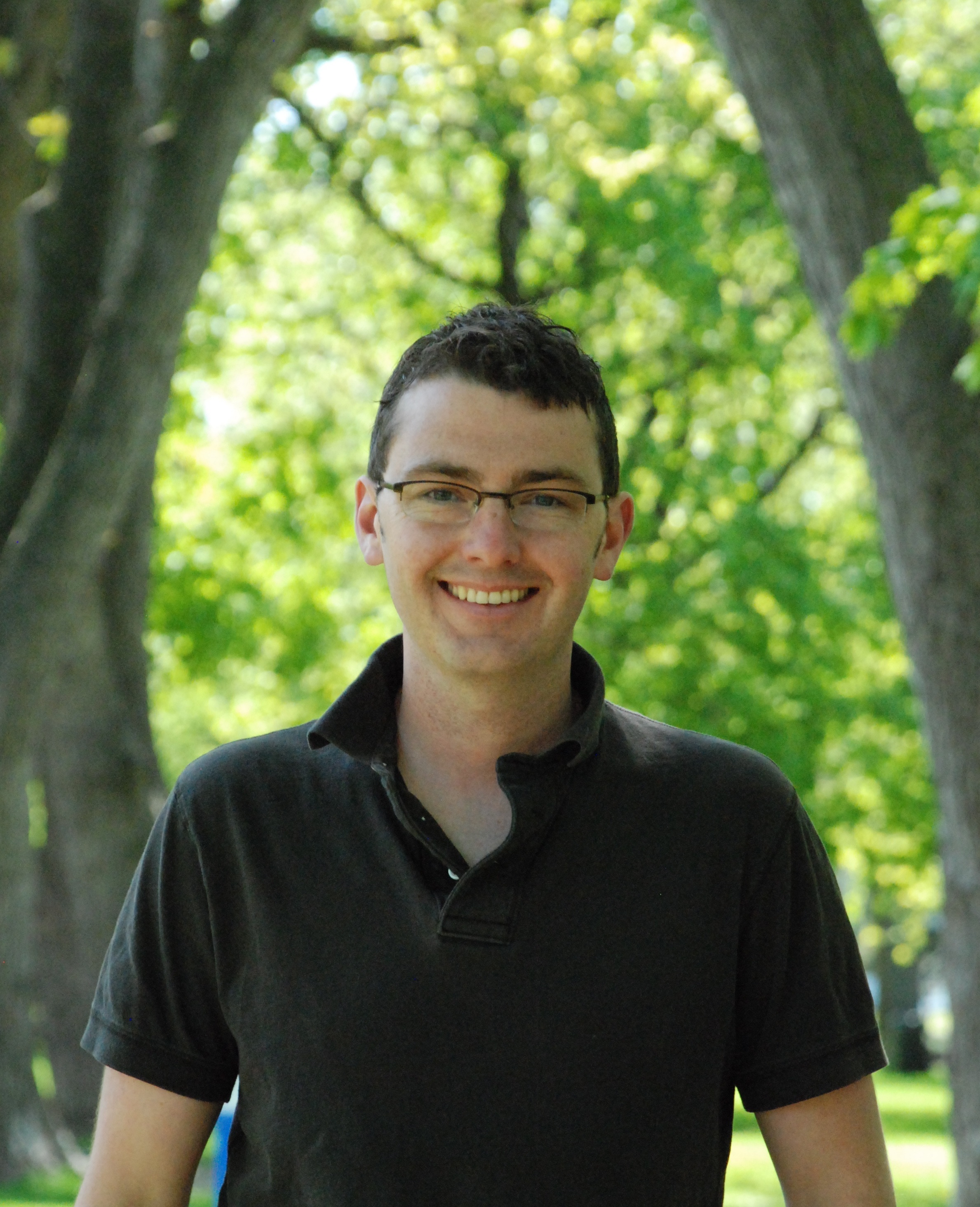
Extrasolar planets exist at the exciting intersection of a great number of active scientific fields, requiring us to be both experts and generalists. Few have accomplished this task as well as Carl Sagan. His ability to understand, synthesize, and explain concepts ranging from cosmology to biology made the workings of the cosmos relevant to our daily lives, placing the evolution and stewardship of our own planet within a much broader context. It was precisely this opportunity to synthesize a wide range of physical phenomena from various scientific disciplines that drew me to the study of exoplanets. Now, as we move toward discovering potentially habitable worlds around other stars, the arc of astrophysics has finally come full circle. Hopefully, as Sagan would do, we can take advantage of this to further excite conversation and greater understanding amongst us all.
from Subo Dong, a 2009 Sagan Fellow, Institute for Advance Study

"The Marriage of Skepticism and Wonder" — Carl Sagan is best remembered to the world as an unparalleled communicator of science. He had the magical power to capture public's imagination of the wonder of nature. He is the role model for scientists who feel compelled to facilitate public's understanding of science.
I am especially struck by his ability to keep the balance between "skepticism and wonder", not only as a scientist but also as a science communicator. To put this in his own words, "at the heart of science is an essential balance between two seemingly contradictory attitudes — an openness to new ideas, no matter how bizarre or counterintuitive, and the most ruthlessly skeptical scrutiny of all ideas, old and new." That is, scientific breakthroughs always originate from some of the wildest imaginations, which usually contradict dearly held beliefs; on the other hand, any science claims must withstand ferocious and uncompromising self and mutual skepticism. By presenting wonderful scientific pictures as well as advocating skeptical inquiry, Sagan never failed to communicate the two contradicting yet unified aspects of science.
Nowadays mass media tend to report exotic aspects of scientific discoveries rather uncritically to appeal to the public, oftentimes without a healthy dose of skepticism. Several years ago, I was asked to present at a press conference of American Astronomical Society. The main science value of the result was that, for the very first time we were able to determine the location of an object many tens of thousands light years away by observing its gravitational lensing effects simultaneously from the Earth and Spitzer Space Telescope. It was in essence pushing the ancient Greek astronomers' trigonometric tricks to the extreme. I was quite excited by merely being able to successfully apply this technique, and I was eager to convey my excitement to the public. The result also had a possible implication that the lens object might be composed of a pair of black holes orbiting each other. But it was statistically far too marginal to be of much scientific value. At the press conference, even though I tried my best to tone down the significance of the black hole aspect of our discovery, to my disappointment, almost all the questions from the journalists were about the fairly speculative dual black holes! I spent hours after the press conference trying to persuade every reporter present either not to mention the black holes or to quote my words of caution on this aspect of our result. I wonder if Sagan would be pleased to see that the published news reports that mentioned the pair of black holes included my note of skepticism.
As a Sagan Fellow, I work on searching for extrasolar planets as small as the Earth. Following Sagan's teaching, I try to keep my mind as open as possible to new ideas while being critical and rigorous on any results. We are now in a golden age of planet discoveries. The expectation from public is rocket high on extraordinary findings. I believe it is exceedingly important for us planet researchers to bear Sagan's words in mind: "Extraordinary Claims Require Extraordinary Evidences."
from Sahsa Hinkley, a 2009 Sagan Fellow, Caltech
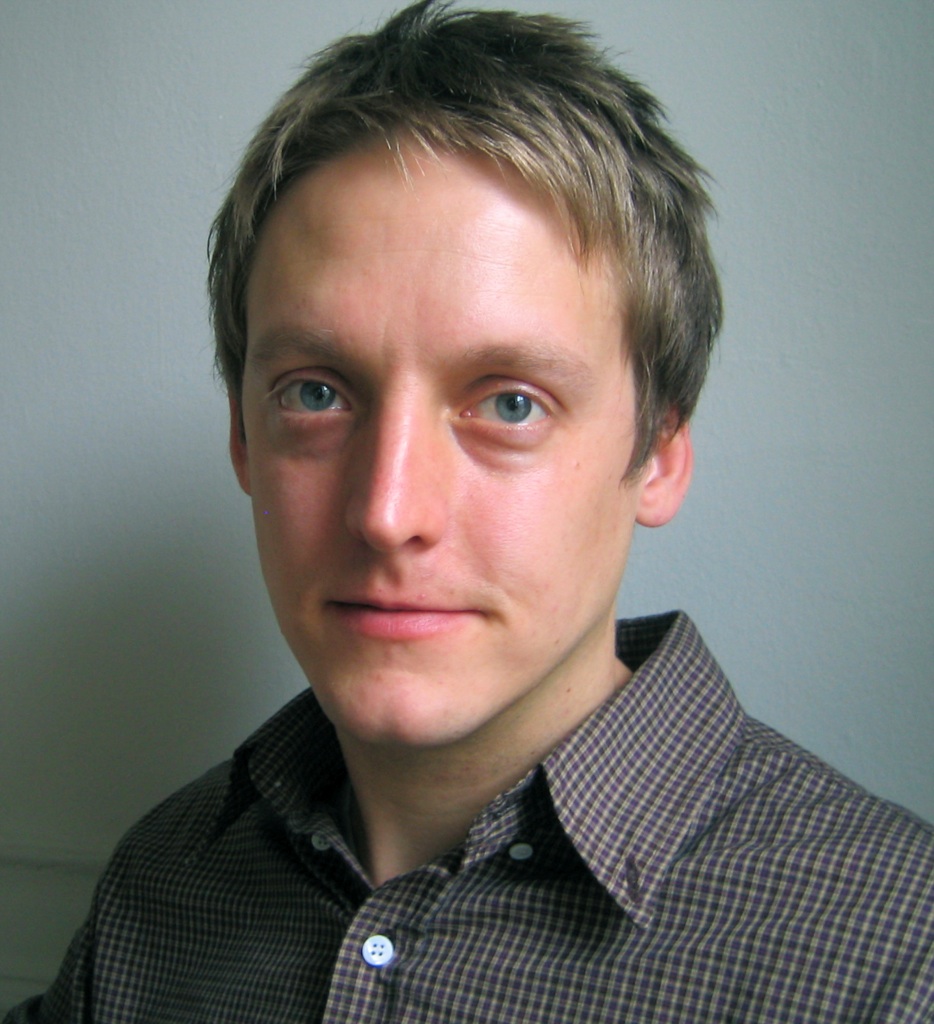
Sagan's notion of the "pale blue dot" forms a cornerstone for my work. By trying to directly image planets in other solar systems, in some sense I am helping to search for many more pale blue dots. Just as Sagan pointed out that everything about our lives were contained in that pale blue dot, I wonder about the nature of the planets we are starting to directly image from here on Earth. If Sagan could see the progress that has been made in the last ten years with this work, I'm sure he would be extraordinarily gratified that his vision of directly investigating other worlds is now a reality.
from Eliza Kempton, a 2009 Sagan Fellow, at the UC Santa Cruz
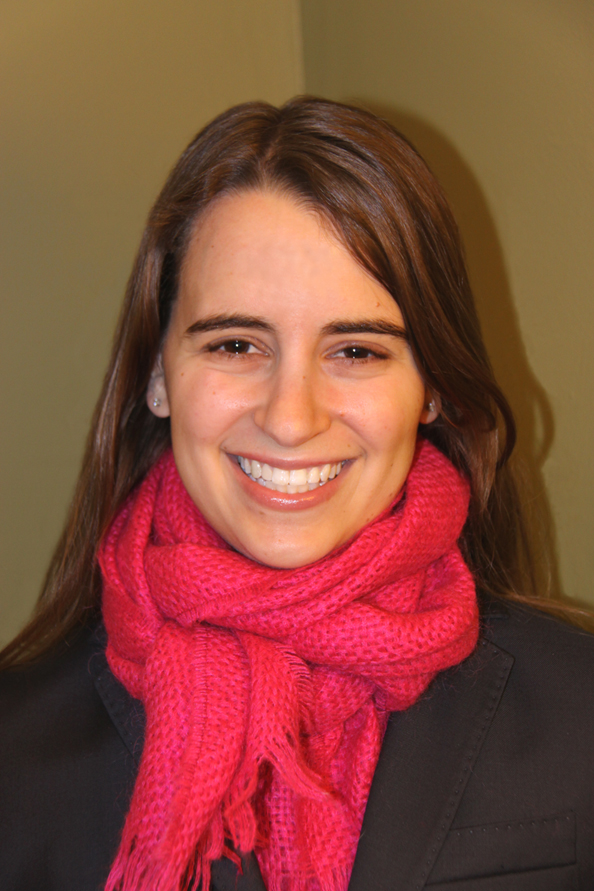
Carl Sagan was a big proponent for the search for extraterrestrial life. I think he would be thrilled to see the progress that we have made recently towards finding the first truly Earth-like planet outside of our solar system. Determining if a planet can actually host life requires understanding the planet's atmosphere, and so my current research on modeling the atmospheres of large terrestrial planets (known as super-Earths) would certainly interest Dr. Sagan. In the years since Dr. Sagan's death, we have gone from detecting the first extrasolar planet, to now being able to characterize the atmospheres of exoplanets that are only slightly larger than Earth. With this rate of scientific progress, it may be only a few more years before we can answer the question that seems to have always been on Dr. Sagan's mind of whether extraterrestrial life is "out there".
from Stefan Kraus, a 2009 Sagan Fellow, Univ. of Michigan
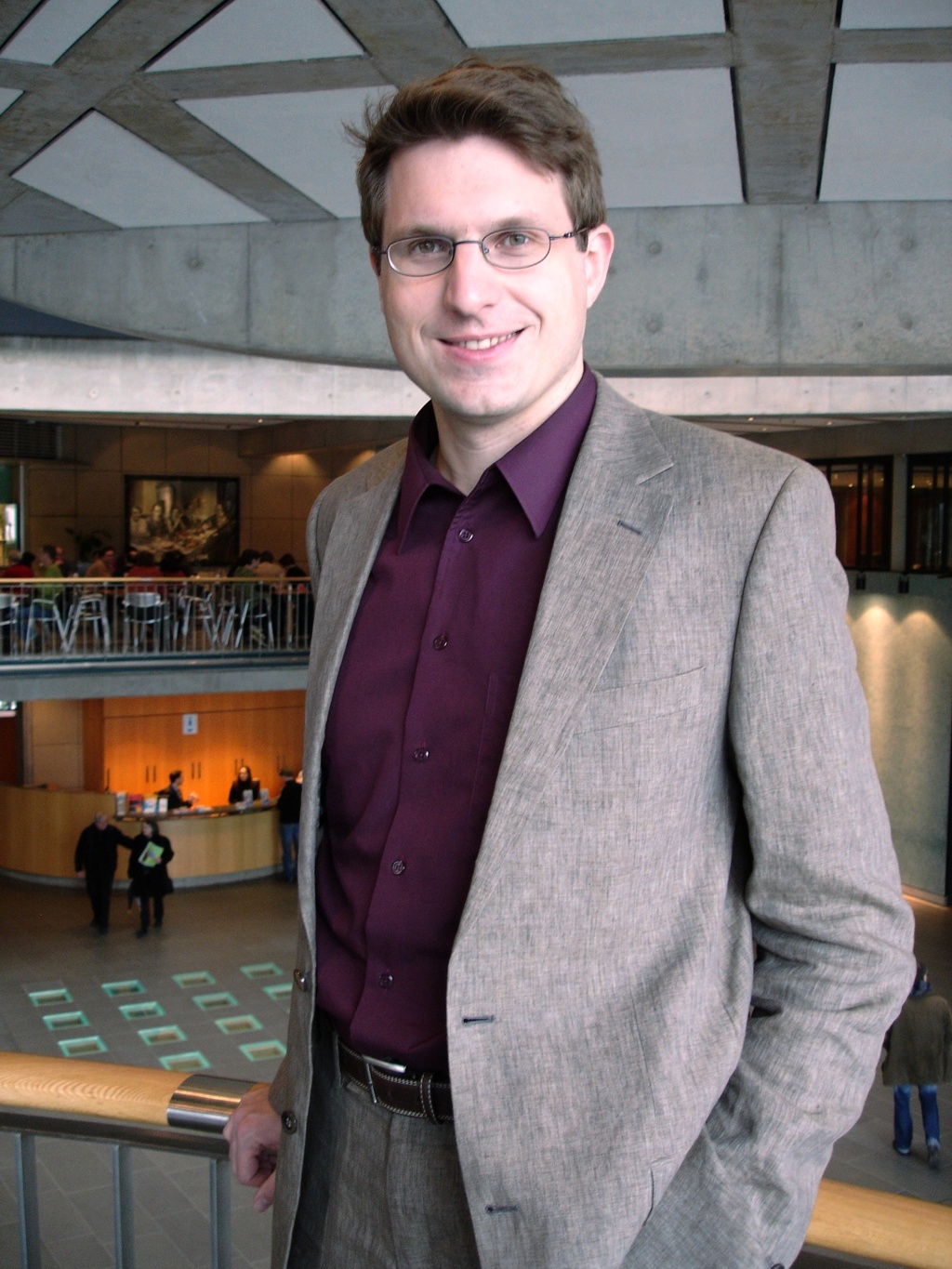
My first encounter with the work of Carl Sagan was as a teenager, while reading "Pale Blue Dot". Of course, the title of the book refers to the famous title page image, which shows our home planet as photographed from the Voyager 2 spacecraft from beyond the orbit of Neptune. With this simple photograph and his philosophical reflections, Sagan puts Earth and our place in the universe into context. In this book he writes about the prospects of detecting planets around nearby stars, one year before the detection of the first exoplanet around a main-sequence star. In the same chapter, he discusses how planets form in protoplanetary disks and speculates that "...as observations improve, perhaps we will see telltale details in the configuration of dust and dust-free zones that will indicate the presence of planets too small and dark to be seen directly." Detecting these "telltale details" of planet formation in protoplanetary disks is an essential motivation for my work as Sagan fellow. For this purpose, I employ a novel technique known as infrared interferometry, which allows us to combine the light of physically separated telescopes and to create the resolving power of a 330 m telescope. Obtaining interferometric images with this unprecedented resolution could teach us much about how stars and planetary systems like our own are forming. Hopefully in the near future, such infrared images will allow us to reveal the signposts of embedded planets in the disk structure, which I think would have appealed to Sagan's exploratory mind and would make another prediction in his visionary book a reality.
from Laurent Pueyo, a 2010 Sagan Fellow, Space Telescope Science Institute
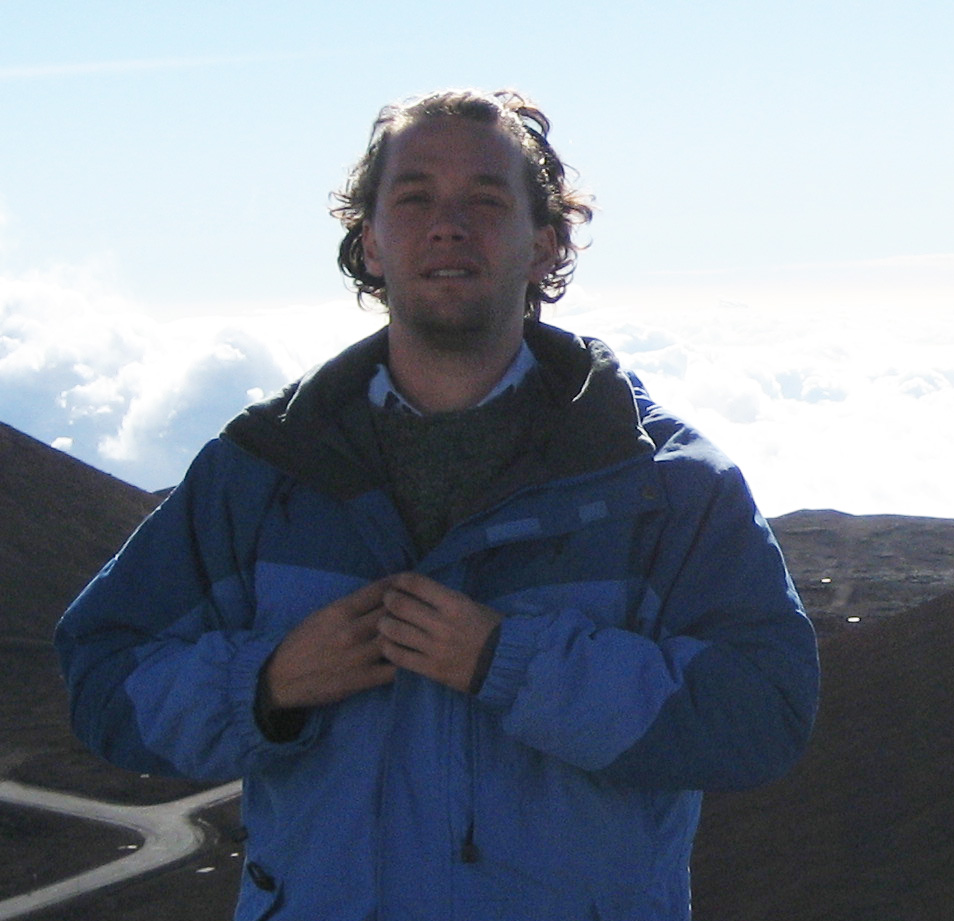
When I was in tenth grade, I chose "the life and death of stars" as the topic of my first ever science project. Since it was part of a biology class whose curriculum that semester was oriented towards explaining photosynthesis and the nervous systems of small lobsters, I had to argue that the problem I wanted to discuss was relevant. My convoluted arguments about how stars evolved just like animal species and how it was very relevant to biology since there were a lot of planets around these stars did not convince my biology teacher very much.... it was in the winter of 1995 and she was probably not aware of 51 Peg. She suspected that my choice was mostly driven by my already declared preference for physics.
To make my point I hauled into the classroom this giant book of mine "Encyclopedia of Astronomy" [first edited in the UK in 1979 and translated into French in 1983] and read to her an excerpt of the foreword, written by Carl Sagan [pardon my french] "What is being unveiled to us is nothing else but the true nature of the Universe and where do we stand in the middle of it. Some of our discoveries will have, in the long run, practical and philosophical implications that we cannot quantify yet. Modern astronomy and space research answer questions that have been raised ever since the birth of mankind. They open the doors to a wonderful world and talk to us about who we are." So my point was: of course learning about stars was in the long run relevant to learning about the human nature! I do not know if she was more convinced by Carl Sagan's words or by the resilience of a kid carrying quite a thick book in her classroom just to make a point.
What I do know, is that working on this project truly opened my eyes. How people could, from "simple" measurements, deduce so many things about or stars, galaxies and the universe was fascinating. Fifteen years later, I now have the chance to be one these lucky few who gets to search for little hints of life somewhere else in our galaxy. Every once in a while, I take a step back from my small research bubble and reflect on these words. The research that the Sagan Fellows pursue does "answer questions that have been raised ever since the birth of mankind". No matter how many more questions are unveiled by the answers that result from our work, the vision of Carl Sagan helps us to put in perspective each one of our contributions, because the sum of the efforts of our community "talks to us about who we are".
from Ivan Ramirez, a 2010 Sagan Fellow, Carnegie Observatories
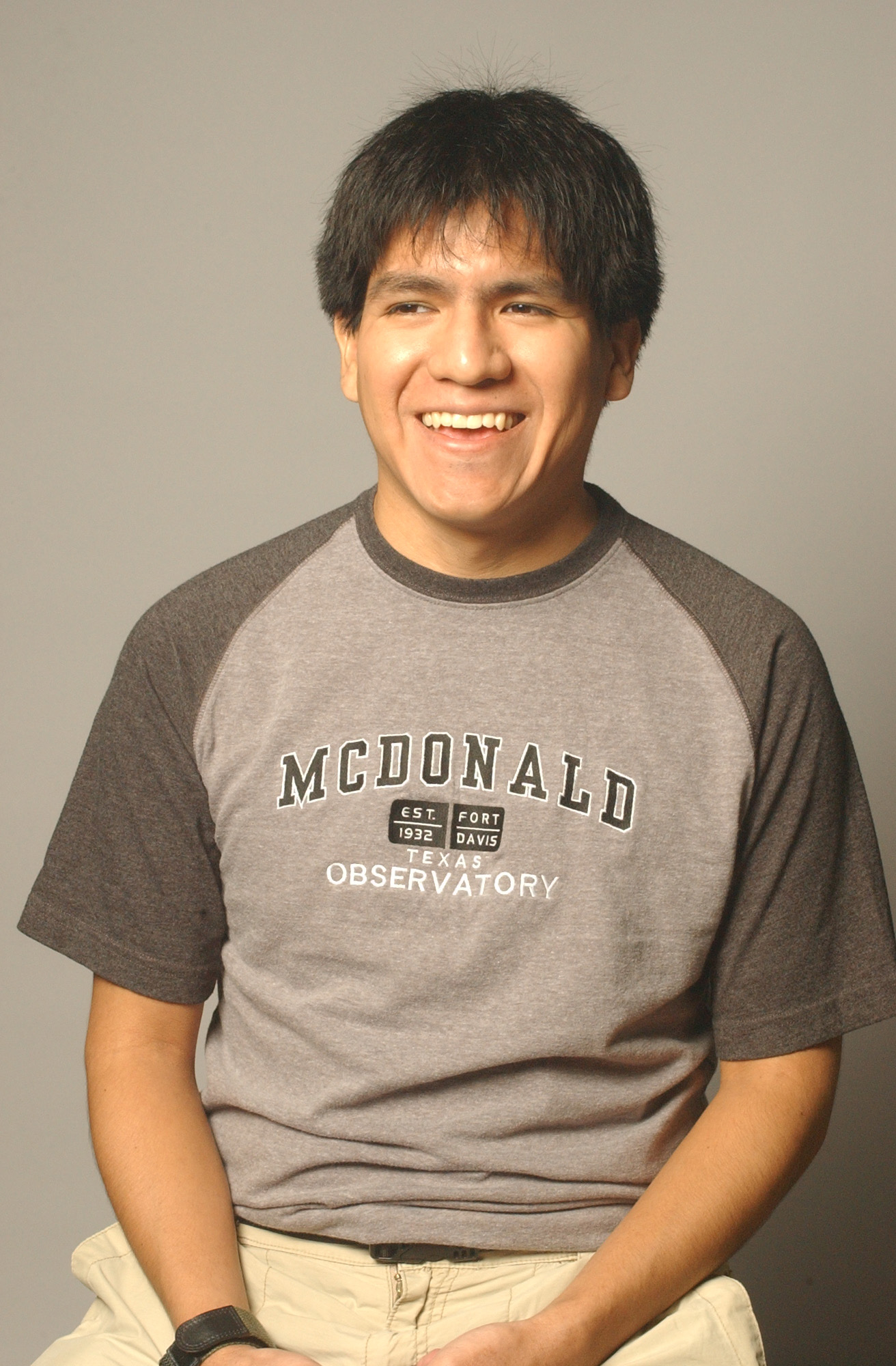
My work is based on the hypothesis that the formation of terrestrial planets has left a detectable signature in the chemical composition of their parent stars. Recent observations seem to support this idea, but the evidence is indirect. If this hypothesis is true, however, relatively simple chemical analysis of stars can be used to find large numbers of stars hosting Earth-like planets. Carl Sagan's reaction would have probably been a combination of excitement and positive skepticism. First, excitement at the prospect of having such an easy way to find other Earths, which is the starting point in our quest for habitable places in the Universe. After all, every planet detection technique currently known is still far from being able to reach that goal. On the other hand, what if these observations are not related to planets but to some other astrophysical phenomenon yet unknown to us? The most important part of my research in fact will be devoted to testing fundamental predictions of the planet signature hypothesis. We could, of course, be wrong, but by looking deeper into this problem we will learn something new about stars and their planets.
from Emily Rauscher, a 2010 Sagan Fellow, Univ. of Arizona
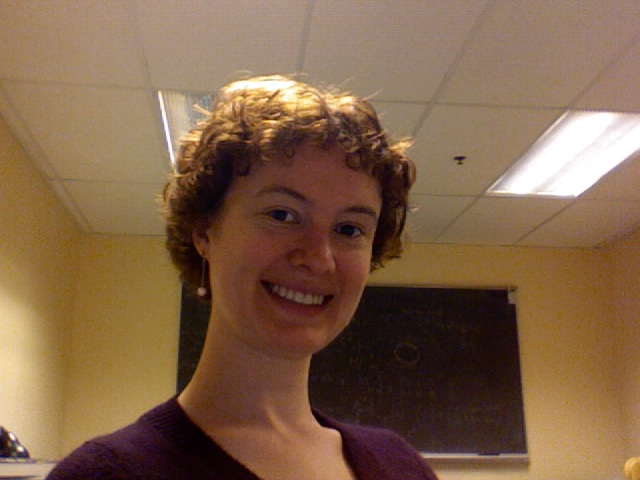
Carl Sagan was a man who just couldn't stop thinking; his curiosity and sense of wonder were unending. He was especially interested in speculating about the diversity of worlds--within our Solar System and beyond--and their exotic properties. In the last 15 years hundreds of new worlds have been discovered, among them many Jupiter-mass planets that orbit incredibly close to their parent stars. Sagan would surely be astonished by the extreme atmospheres of these "hot Jupiters", with day-night temperature contrasts of perhaps hundreds of degrees C, winds blowing close to 1 km/s, and swirling vortices that could stretch from equator to pole! These planets are so unlike anything in our Solar System that we have the chance to study something truly new, with impressive observations that can guide and motivate our models. Part of my work is to understand why there seems to exist such diversity between the atmospheres of different hot Jupiters. I like to think that the fun of trying to model all these crazy planets would appeal to Carl Sagan and his dual responses to nature: "amazing!" and "why?"
from Diana Valencia, a 2010 Sagan Fellow, MIT/NASA Ames

As many people in the world, I got to meet Carl Sagan through his TV series 'Cosmos'. At the time, I was a little girl living in Colombia, thus I heard about the Universe through a Spanish dubbed voice of Sagan. I only realized this a few years ago when I saw the new released series in the original version. Now, as a researcher on interior and dynamic of super-Earths, Sagan's teachings and superb work in public outreach have a new meaning for me. I am now part of the group of scientists that get to study a fundamental question to human existence: is there life elsewhere? This puzzle fascinated Sagan and he is well remembered for imparting that fascination and curiosity to scientists and non-scientists alike. In one way or another, exoplanet researchers are working towards answering that question. My contribution centers on studying the interior and evolution of super-Earths, the subset of exoplanets with perhaps the most potential to harbour life. They may be similar to Earth, and they are easier to discover. Within the next decade, more of these planets will be discovered and through their characterization we will be one step closer to solving the puzzle. I think Carl Sagan would be happy.